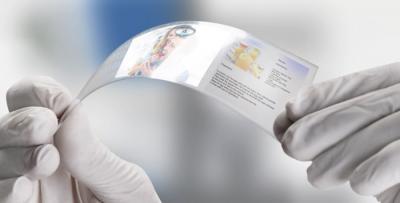IDTechEx Research says that the flexible encapsulation (barrier) market for flexible devices (such as displays, but not only) will reach over $184 by 2020. IDTechEx sees next-gen single-layer encapsulation solutions to capture a part of the market in the future.

IDTechEx also takes a look at two specific technologies. Flexible glass is not seen to become the solution of choice in the short to medium terms due to the fragility and the fact that it cannot be stressed out of axis - and extreme flexibility can be a problem. Flexible glass is seen to be the best choice for a substrate material, though.
ALD is also not seen to be a short-term solution as a stand-alone layer - however ALD may be a solution in a multi-layer stack. ALD still has technology issues (such as film stability and particles and substrates non-uniformity). ALD (by Synos/Veeco) was tested at Samsung Display but IDTechEx says that this evaluation failed and was halted.
Comments
Gary, there are several other possible technologies for encapsulation, and you can sometimes combine them (as IDTecEx mentions). Other candidates include UDC's UniversalBarrier, Kateeva's ink-jet printing system, etc.
Do you (or anybody in the forum) know about Holst Centre's barrier? I have seen some press releases over the last year. But I wonder how mature it is? Will this barrier be commercialized soon? Is it in any of the current Philips OLEDs?


I am wondering since the two ways(flexible glass and ALD) failed to apply to the encapsulation of displays, how IDTechxEx could still calculate the market scale without any promise that the product can be made or not.